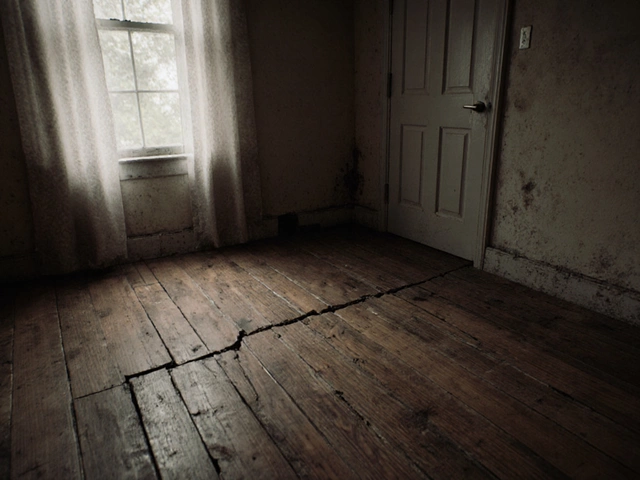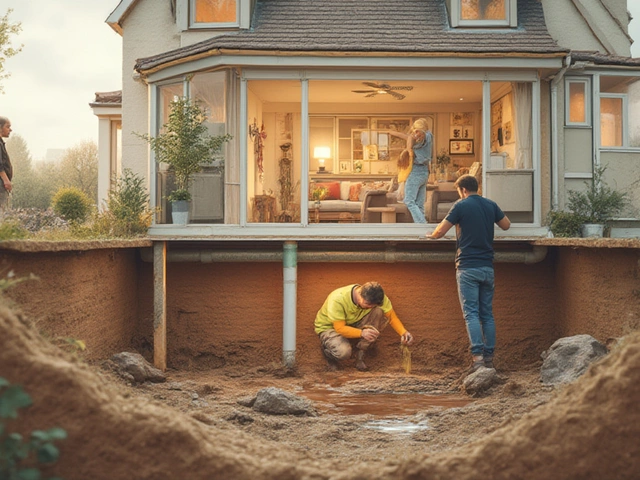Is a Foundation Ever Unfixable? Signs, Causes, and Repair Options
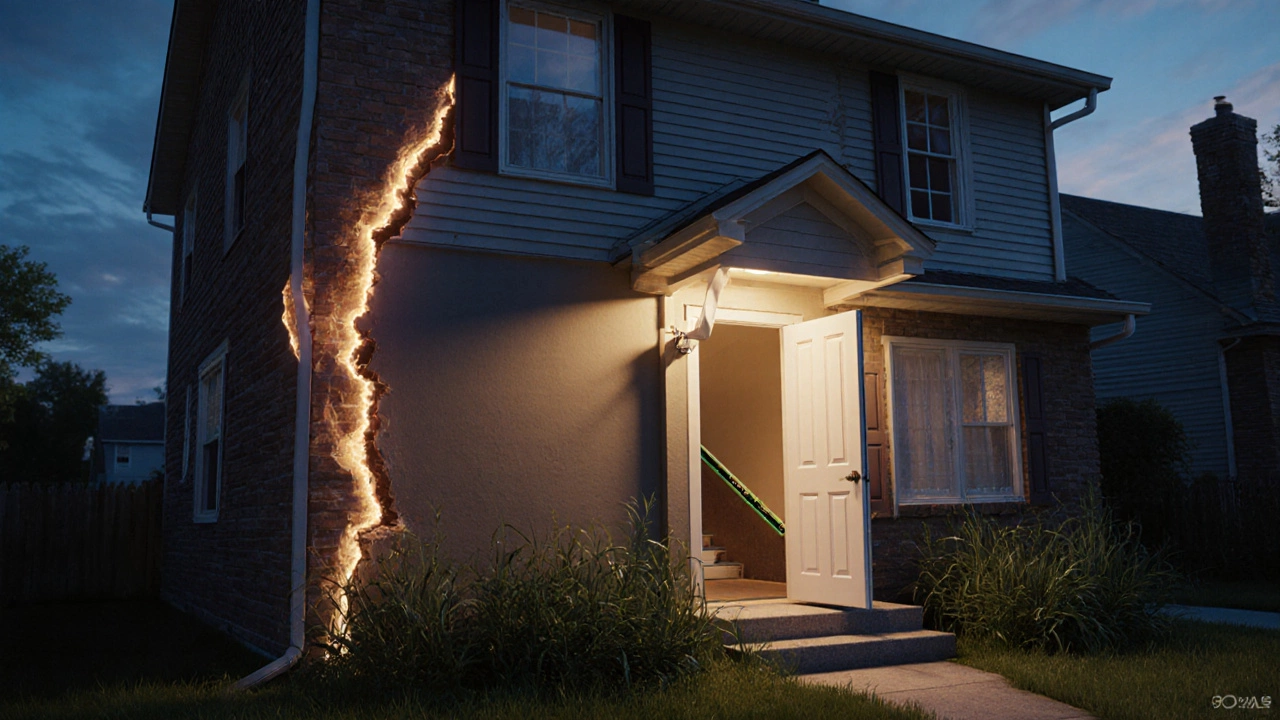
Foundation Repair Cost-Benefit Calculator
Is Your Foundation Repair Worth It?
The article states that when repair costs exceed 60% of the home's post-repair value, rebuilding often makes more financial sense.
Enter values above to see if repair is financially viable.
When you hear “my house is sinking,” the first thought is often “we’re doomed.” But is a foundation ever truly unfixable? In many cases the answer is no-there are ways to stop the movement, stabilize the structure, and restore safety. Understanding the warning signs, the underlying causes, and the range of repair methods helps you decide whether you need a quick fix, a major overhaul, or, in rare cases, a full rebuild.
What “unfixable” really means
The term “unfixable” is more marketing hype than engineering reality. A foundation that’s foundation repair-ready can often be stabilized, even if the damage looks severe. “Unfixable” usually refers to situations where the cost, time, or technical feasibility makes repair impractical compared to rebuilding.
Common signs that a foundation may be beyond simple repair
- Cracks wider than ¼ inch that run continuously across walls or piers.
- Severe unevenness-floors sloping more than ¼ inch over a 10‑foot span.
- Visible movement after multiple attempts at repair.
- Structural elements (beams, load‑bearing walls) compromised beyond reinforcement.
- Legal or insurance restrictions that forbid further work on an unstable footing.
Root causes that drive a foundation toward “unfixable” status
Before you label a foundation as a lost cause, pinpoint why it’s failing. The most frequent culprits are:
- Soil Settlement is the gradual compression of the soil under the footing, often due to over‑loading or poor compaction during construction.
- Moisture Intrusion leads to swelling or shrinking clay soils, creating lateral pressure that pushes walls outward.
- Hydrostatic Pressure from water accumulation against below‑grade walls can bow foundations inward.
- Crawlspace Ventilation Issues trap humidity, accelerating wood rot and soil movement.
- Tree Root Growth can pry up footings or create voids beneath slabs.
Assessing the damage: When to call a professional
A quick visual check is useful, but a qualified Structural Engineer conducts a thorough assessment. They will:
- Measure crack width, pattern, and propagation using a crack gauge.
- Perform a level survey to document floor deviation.
- Take soil borings to evaluate bearing capacity.
- Recommend a repair plan based on load calculations.
If the engineer reports that the foundation’s load‑bearing capacity is reduced below 75 % of design requirements, it’s time to consider major intervention.
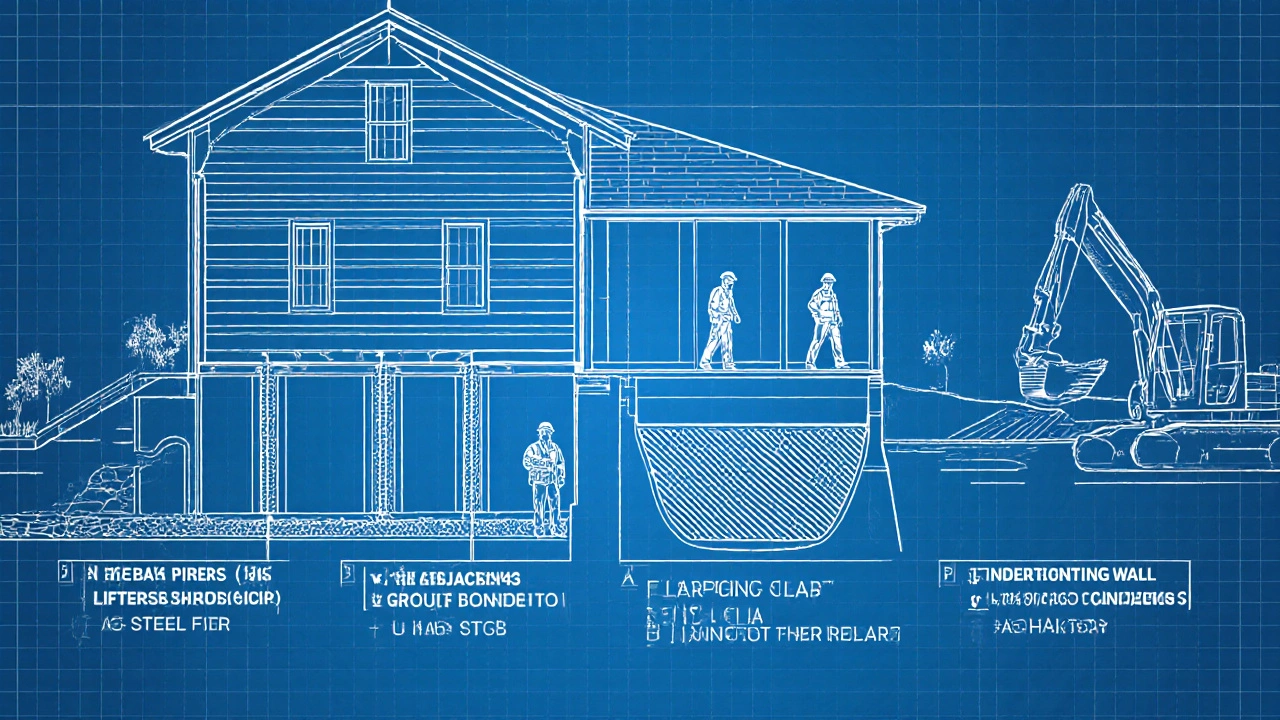
Repair methods and when they work
Not every problem calls for the same fix. Below is a quick comparison of the most common techniques.
| Method | Best For | Typical Cost (NZD) | Limitations |
|---|---|---|---|
| Piering uses steel piers driven to stable strata to lift and hold the structure. | Significant settlement, uneven floors | 8,000-20,000 | Requires access to foundation perimeter |
| Slabjacking pumps grout underneath a slab to fill voids and level the surface. | Minor sinking, isolated low spots | 3,000-7,000 | Not suitable for severely cracked slabs |
| Carbon Fiber Reinforcement attaches strips to walls to resist bowing. | Wall movement, crack control | 4,000-9,000 | Doesn’t address underlying soil issues |
| Underpinning expands footings deeper using concrete or steel. | Very unstable soils, high loads | 15,000-35,000 | Most invasive and expensive |
Choosing a method depends on the damage type, budget, and how quickly you need the house back‑ready. For example, piering can lift a house several inches in a weekend, while underpinning may take weeks.
Cost vs. benefit: When repair stops making sense
Run a simple benefit analysis:
- Estimate total repair cost (including permits and contingency).
- Calculate remaining market value of the home after repair.
- Compare to the cost of demolishing and rebuilding a new structure.
If repair costs exceed 60 % of the home’s post‑repair value, most lenders and homeowners opt for rebuilding. That’s the practical definition of “unfixable” in financial terms.
When replacement is the only viable option
Rarely, foundations suffer from “catastrophic failure”:
- Entire slab collapsed due to underground voids.
- Foundations shifted beyond design tolerances, causing irreversible structural distortion.
- Severe contamination or hazardous conditions that prohibit repair work.
In such cases, demolition and new construction become the safest path. Always get a second opinion before making that leap.
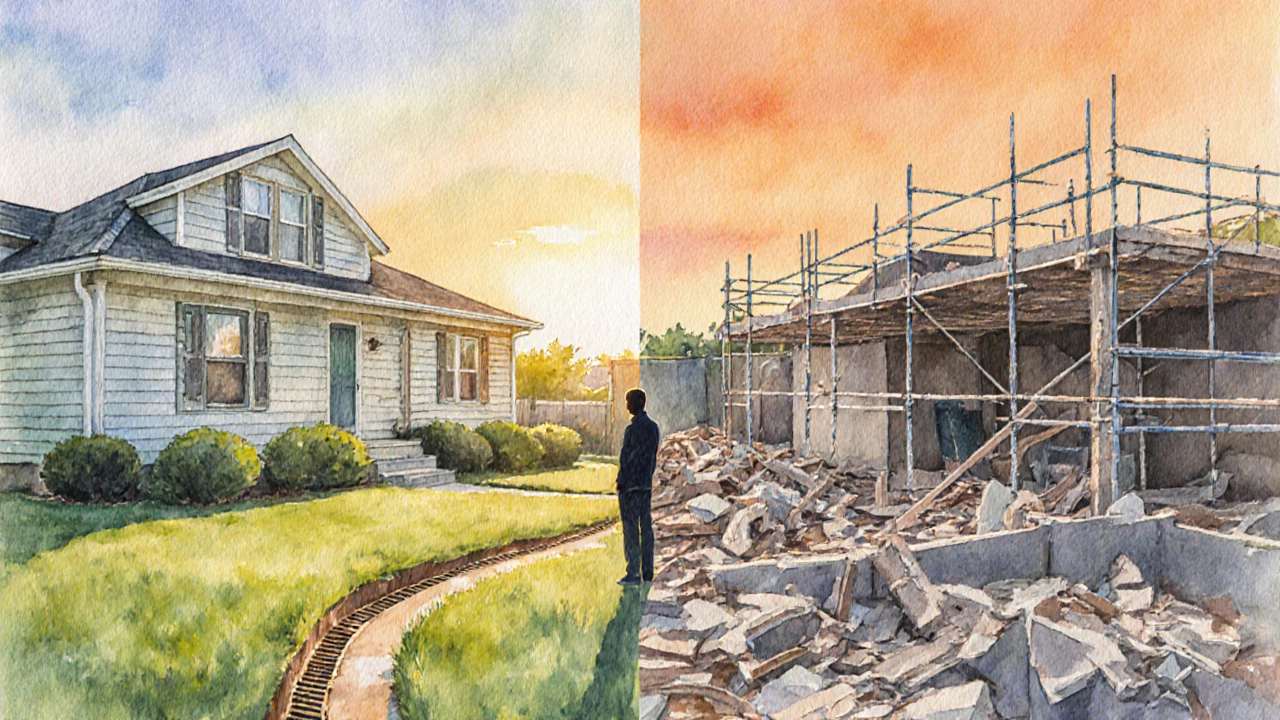
Preventing future foundation woes
Even after a successful repair, maintenance matters. Follow these habits:
- Maintain gutters and downspouts to direct water at least 3 feet away from walls.
- Install a French drain or perimeter drainage system in high‑rainfall areas.
- Monitor soil moisture-use a simple soil moisture probe during dry spells.
- Avoid planting large trees within 10 feet of the foundation.
- Schedule a professional foundation inspection every 5-7 years.
Choosing the right professional
Not all contractors are created equal. Look for these credentials:
- Licensed Foundation Repair Specialist with a track record of at‑least 5 years in Auckland. \n
- Member of the New Zealand Institute of Building (NZIOB) or similar trade body.
- Full insurance coverage, including public liability and workers’ compensation.
- Transparent written estimates that break down labor, materials, and contingency.
Ask for references and photos of past projects that match your damage type. A trustworthy pro will walk you through the repair plan, timeline, and expected outcomes.
Bottom line
A foundation is rarely “unfixable” in the literal sense. Most problems can be stabilized or repaired with the right technique. The true barrier is often financial-when repair costs outweigh the home’s value, rebuilding makes more sense. By spotting early symptoms, understanding causes, and partnering with qualified experts, you can keep your house safe and avoid the dreaded “unfixable” label.
Can a small crack mean the foundation is unfixable?
Small hairline cracks are usually cosmetic. They rarely indicate a structural failure unless they widen over time. Monitoring and a simple sealant often suffice.
How long does a typical piering job take?
For a single‑family home, most contractors complete pier installation and lifting within 2-4 days, barring weather delays.
Is slabjacking safe for large homes?
Slabjacking works best for localized low spots. For large‑area settlement, piering or underpinning provides more reliable long‑term stability.
What maintenance can prevent future settlement?
Keep drainage systems clear, manage landscaping water, and avoid heavy loads near the footing. Periodic inspections catch problems early.
When should I consider rebuilding instead of repairing?
If repair estimates exceed 60 % of the home’s post‑repair market value, or if structural damage is beyond engineering remediation, rebuilding is usually the smarter choice.
